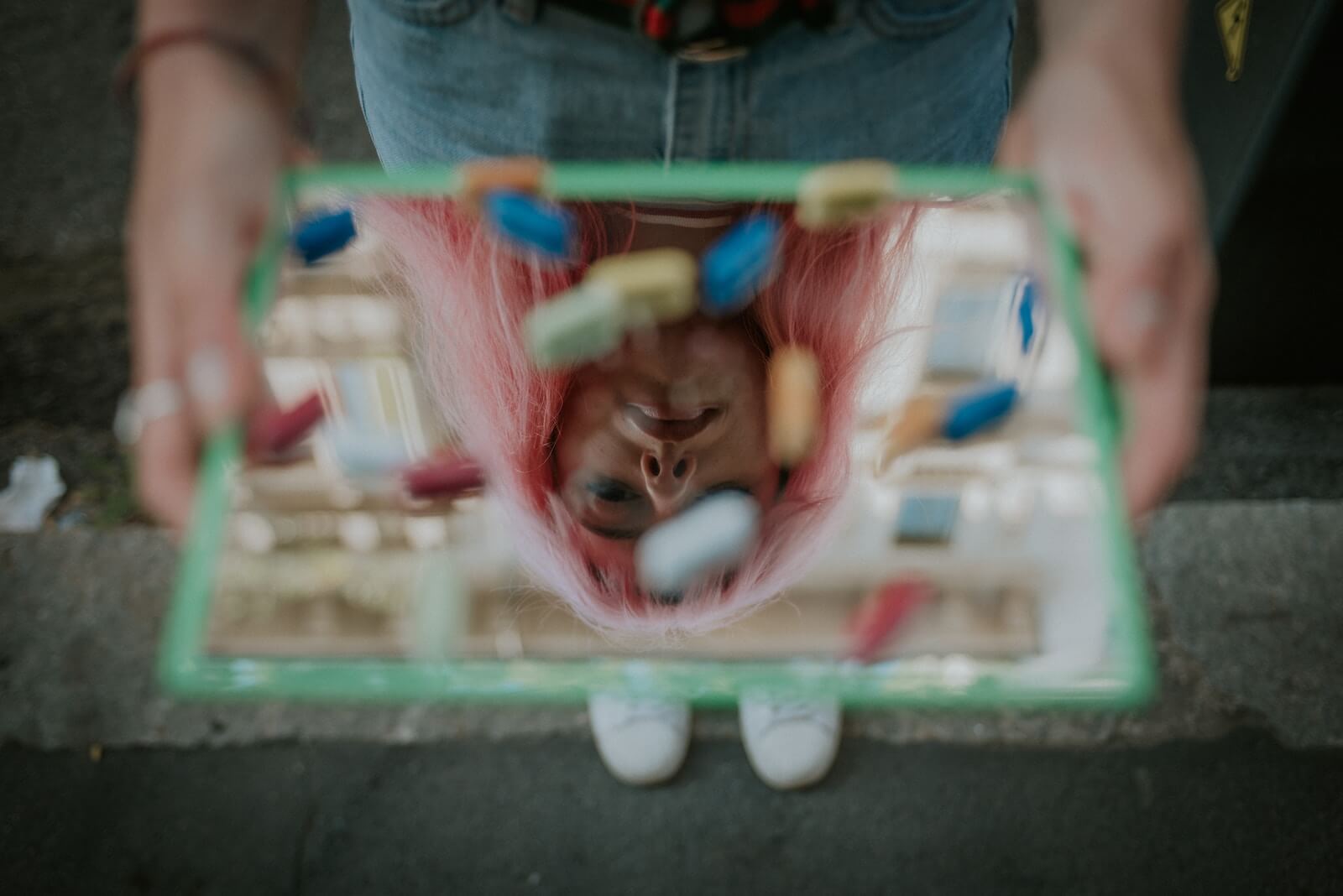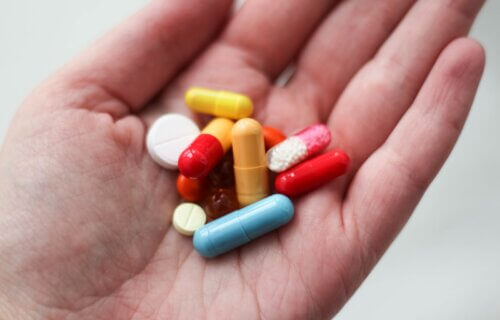ANN ARBOR, Mich. — One in four students may be abusing stimulants in certain American schools, according to a new study. Researchers from the University of Michigan say more of these young users are in middle schools and high schools where many pupils have prescriptions for attention deficit hyperactivity disorder (ADHD).
Unauthorized ADHD drug use was even more common when schools had a large number of highly-educated parents, more White students, a medium level of binge-drinking, and were not based in the Northeastern regions and suburbs including New Jersey, New York, Pennsylvania, and Vermont. At some establishments, over 25 percent of kids admit to misusing prescription stimulants in the past year without a medical reason.
Instead, they used the drugs such as Adderall and Ritalin recreationally or to stay awake. Young people had a 36-percent chance of abusing the drugs if they attended a school with the highest prescription rates.
University of Michigan researchers add that the study highlights a “significant” link between legitimate and illicit ADHD drug use. Stimulants are becoming increasingly common in the treatment of ADHD, but they rank as the most misused prescription drug among teens. Many kids reportedly acquire the drugs from their peers.

In schools where at least 12 percent of the students have prescriptions, eight percent of students reported abusing the stimulants in the last year. When less than six percent of the student body take prescription medication, zero to four percent of all students at the school misused the drug during the same period.
An earlier University of Michigan paper found students who used both stimulants and non-stimulant ADHD medications were more likely to use cocaine, methamphetamine, and other prescription stimulants, versus those who never received the medical therapy. Another found kids diagnosed and treated with stimulants at a young age had a lower chance of abusing the stimulants later, when compared to those who started therapy at an older age and for a shorter time.
Study lead author Professor Sean Esteban McCabe says the wide range in drug misuse statistics means teachers should assess their own schools and students, rather than relying on data collected in other regions.
“I can tell you that a student’s experience will be different at a school with no peers who misuse stimulants versus a school where 1 in 4 peers misuse stimulants,” says McCabe, the director of the U-M Center for the Study of Drugs, Alcohol, Smoking and Health, in a media release.
“Prescription stimulant therapy for ADHD does help millions of people, including in my own family, and students, friends and colleagues,” McCabe continues. “It’s critical to balance the need for access to these medications while reducing the risk for misuse. This is more important than ever with the increases in prescribing.”
The experts also recommend that parents prevent drug misuse by role playing these situations, so kids know how to respond if asked to share medications with friends. They suggest keeping controlled substances in a lockbox and monitoring pill counts, ensure schools have safe storage and dispensing policies, asking about the prevalence of misuse, contacting prescribers if misuse is suspected, and speaking to children about managing their medications.
The findings are published in JAMA Network Open.
South West News Service writer Pol Allingham contributed to this report.

